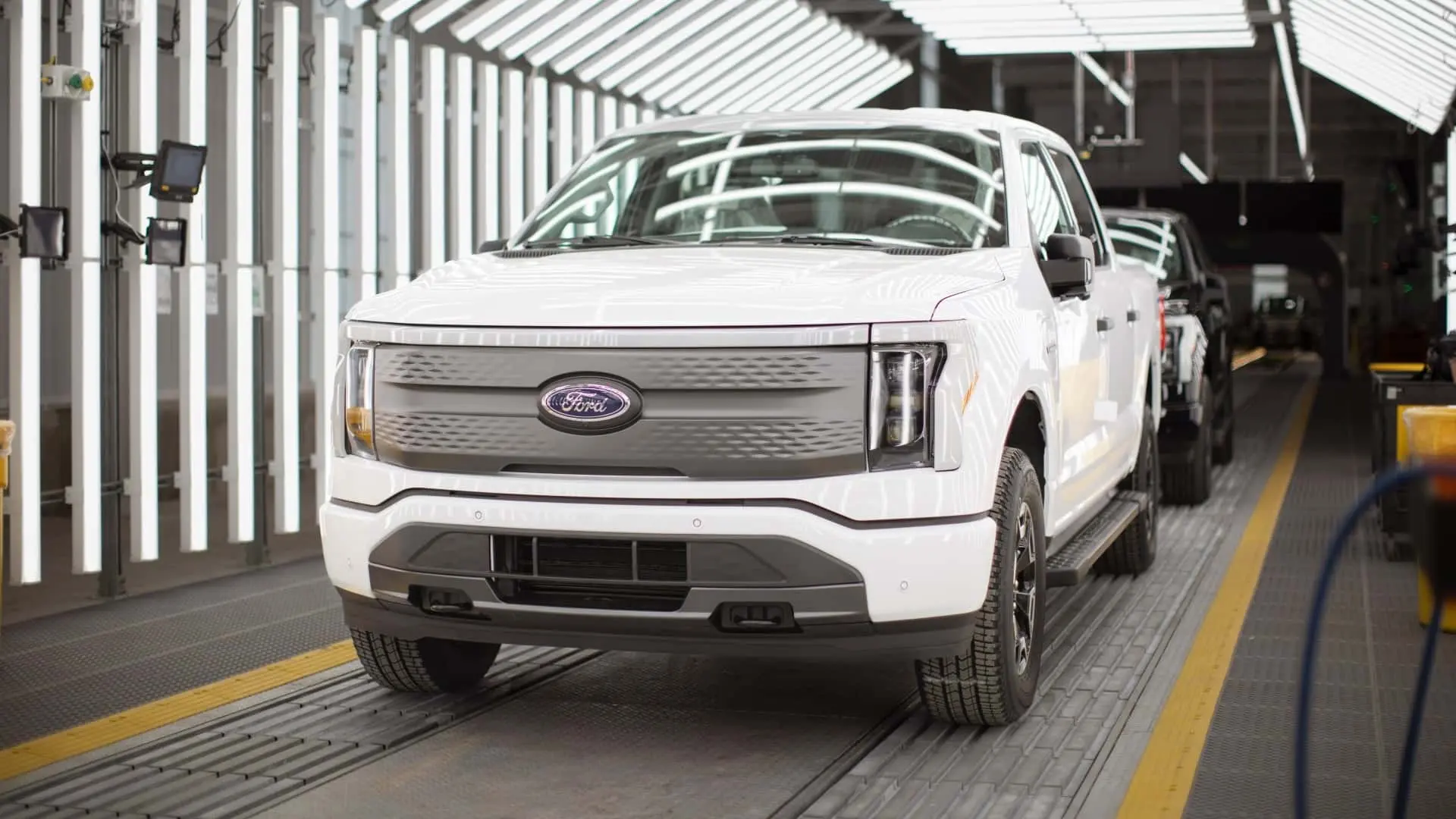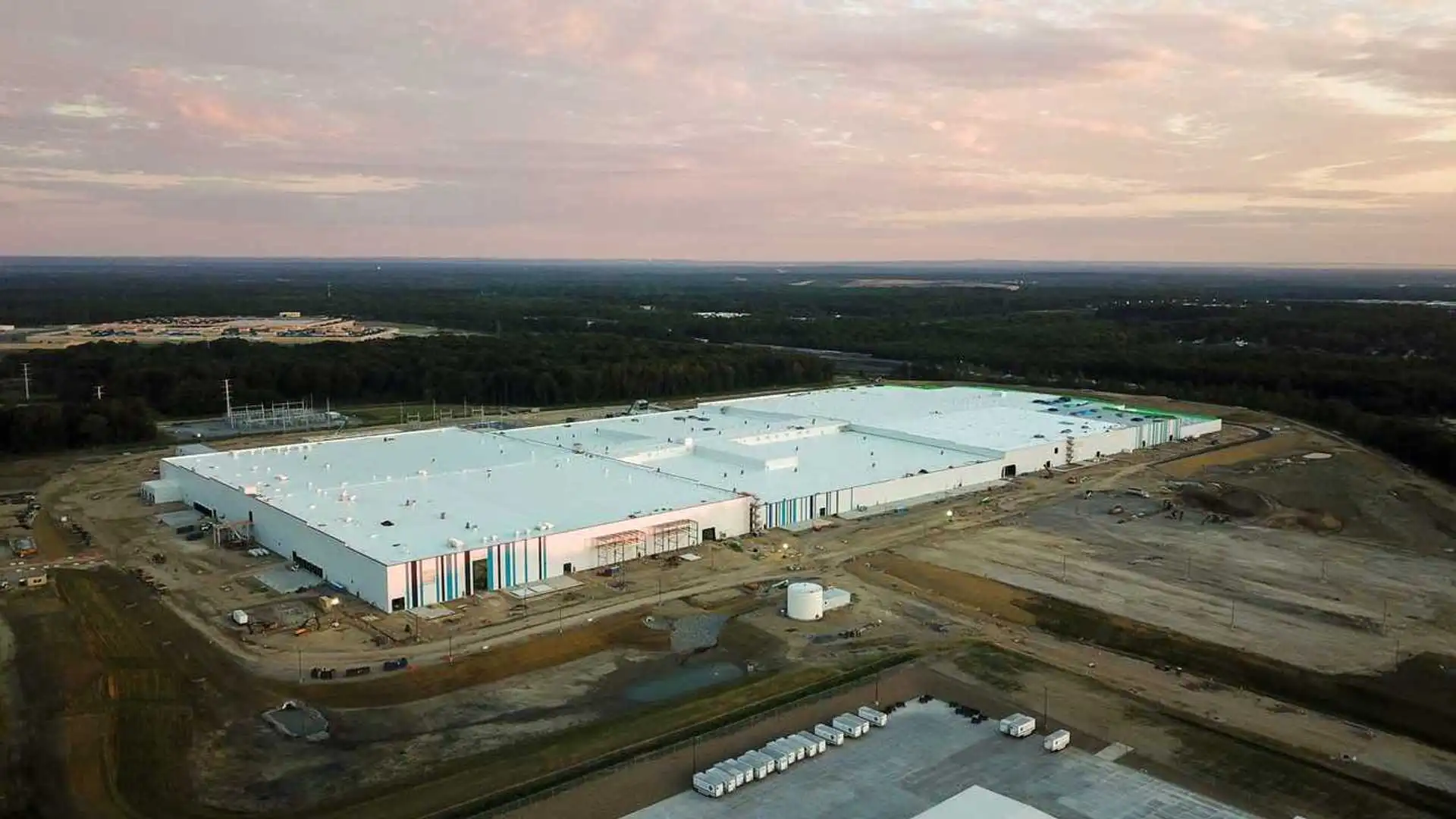
Actually US aims to eliminate US dependence on China (and Russia, North Korea) for strategic minerals and technology.
As long as US industry is independent and can’t be shutdown by China trade restrictions such as China’s current restriction on graphite exports.



Tesla doesn’t actually. As Tesla owners know, range is about 15% less than rated. Tesla uses the best results from the EPA tests with no reserve. Other mfg put use more conservative numbers.